Yosemite National Park is one of the most visited and well-known National Parks in the USA.
This California wilderness haven is home to lush forests, stunning mountain ranges and cascading waterfalls.
An outdoor lover’s paradise, Yosemite National Park should be on everyone’s travel bucket list.
When putting together your Yosemite itinerary it is important to consider your level of activity.
With all the park’s beauty, it is important to be realistic with your planning and prioritize the activities you’re most interested in.
If you are looking to do a lot of hiking or rock climbing, you will need a lot more time to explore this massive National Park.
Whether you’re spending a week or a day in Yosemite National Park, you are sure to leave wanting more.
In this Yosemite itinerary guide, we will help you plan your perfect trip to Yosemite National Park ensuring you hit all the major must-see sites in the park.
Basic Facts About Yosemite National Park
| Where is Yosemite NP? | Eastern central California, USA |
| How big is Yosemite NP? | 747,956 acres with 94% designated wilderness |
| Do you need a reservation to go to Yosemite NP? | Until September 30, 2022, Yosemite requires a reservation to enter between 6 am – 4 pm |
| How much are Yosemite entrance fees? | $20 per person, $35 per vehicle, $30 motorcycle, $80 annual American National Parks pass |
Park Closures
Glacier Point Road – closed for 2022.
All road destinations have become hike-in only for 2022:
- Glacier Point: 3,200ft elevation gain on a 4 mile one-way hike.
- Sentinel Dome: From Glacier Point, an additional 1,000ft elevation gain on a 1.5 mile one-way hike.
- Taft Point: From Sentinel Dome, an additional 1,000ft elevation gain on a 1 mile one-way hike.
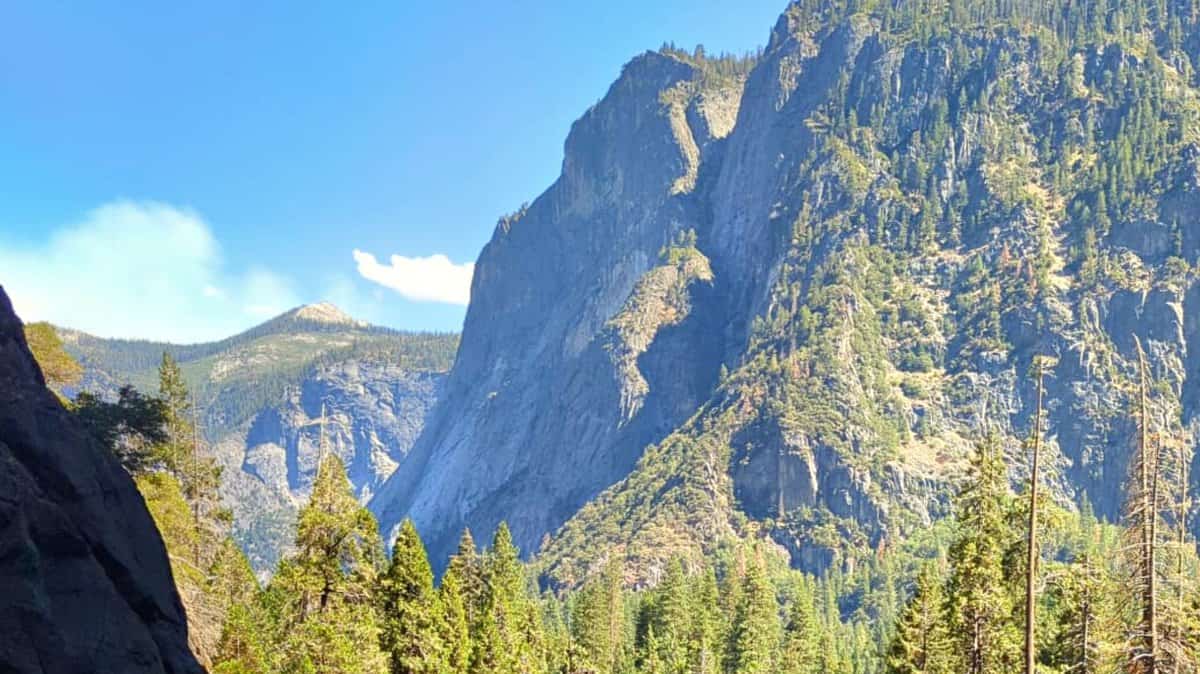
Getting To Yosemite National Park
There are a few main ways to get to Yosemite National Park. Yosemite National Park is located about 4 hour drive from San Francisco and a 3 hour drive from Sacramento.
It is about 3 hours north of Fresno.
1. Drive Your Car
Driving to Yosemite is by far the best way to see Yosemite National Park.
Having your own car will prove infinitely valuable once in the park and is by far the most direct route to get to Yosemite National Park.
You can even make it a full California road trip if you wanted to!
2. Take A Bus
Yosemite Area Regional Transportation System (YARTS) has 4 major routes to get you into the National Park.
This is a bus system that is one of the best ways to get to Yosemite. You can book ahead of time to guarantee your seat on the bus.
The Sonora Highway 120 route starts from Sonora California and stops in Jamestown, Groveland, and Buck Meadows along the way to Yosemite.
- There are three starting times (6:40 am, 7:40 am, and 8:40 am) leaving Sonora.
- This specific route to Yosemite takes around 3 hours if you start from Sonora.
- This route is open from May 16 to September 30 and runs daily during this time.
- Click here for a printable guide of this route.
If you’re coming from the Merced area you’ll be interested in the Merced Highway 140 route. It stops in Cathey’s Valley, Mariposa, Midpines, El Portal and finally in Yosemite.
This bus route to Yosemite has routes that start from Merced Airport and Merced Amtrak which makes it one of the easiest ways to get to Yosemite.
- This route is also operating from May 16 to September 30.
- Some routes don’t operate on weekends or holidays so it’s best to check your specific route.
People starting their journey to Yosemite from Fresno will be taking the Fresno Highway 41 route.
This bus to Yosemite stops in Coarsegold, Oakhurst, Fish Camp, Wawona, and Yosemite Valley.
- Operating from May 9 to September 9 there are 3 routes to choose from which start from Fresno Yosemite International Airport at 6:03 am, 8:12 am and 2:25 pm.
- Click here for a printable guide of this route.
The last bus route to Yosemite leaves Mammoth Lakes.
The Mammoth Lakes Highway 120E/395 route makes stops in June Lake Junction, Lee Vining, Tuolumne Meadows, and White Wolf and ends in Yosemite Valley.
- This route is open from June 15 to October 15 depending on Tioga Road’s conditions.
- Click here for a printable guide of this route
If you are planning on coming from different areas of California you can use Greyhound to get to one of the stops on the YARTS route.
3. By Plane
Yosemite visitors coming from different parts of the world may want to fly to a nearby airport.
These include Fresno Yosemite International Airport (FAT), San Francisco International Airport (SFO), Los Angeles International Airport (LAX), Oakland (OAK) and Sacramento (SMF).
You will then need to organize additional transportation to get to Yosemite National Park.
4. Taking A Train
If you’re looking for a scenic route to Yosemite, Amtrak offers different routes depending on where you’re starting from.
Some of these train routes to Yosemite will get you to a YARTS bus stop that you can jump on to complete your travel to Yosemite.
5. By Tour
Visitors can explore the park by foot, bike, or car, and there are plenty of options for guided tours.
Taking a tour is a great way to see Yosemite, as it allows you to sit back and enjoy the scenery while someone else handles the driving.
You can also just have a driver take you to the park and you do the rest.
Guided tours also provide an opportunity to learn about the park’s history and geology from a knowledgeable guide.
Whether you’re a first-time visitor or a seasoned traveler, Yosemite a guided tour can be a great way to get the best out of your visit.
Best Time To Visit Yosemite National Park
Yosemite National Park looks drastically different depending on what time of the year you visit.
Even though this National Park is open all year, there are definitely better months than others to arrive in Yosemite. The time of year you go should depend on a few factors.
The Peak Season
Yosemite receives roughly 75% of its visitors between the warmer months of May to October.
For most people, spring and summer are the best months to visit Yosemite.
The summer months offer fast-flowing waterfalls, longer days full of great weather, ideal hiking conditions, breathtaking sunrises, and loads of wildlife.
Winter In Yosemite
If you are traveling from a hot destination and snow is something you like to experience, Yosemite in winter will be your ideal time to visit.
This is a great time to see snow-capped mountain ranges and walk in a blissful winter wonderland. This should be taken cautiously as the park closes on heavy snowfall days.
Campsites are open all year but will experience low temperatures, so pack for Yosemite accordingly. There are also some great winter hikes in Yosemite with great payoff views.
Be sure to note that the winter months may have some road closures due to winter road conditions.
What is the best month to go to Yosemite? To have the best chances of beating the crowds, January is one of the slowest months for visitors to Yosemite.
When To See Waterfalls In Yosemite National Park
The best time to see waterfalls in the park is between April to July. This is when the Yosemite waterfalls are in full force. They usually slow down near the end of July.
Visiting the waterfalls in the winter can lead to slippery conditions and low water flow.
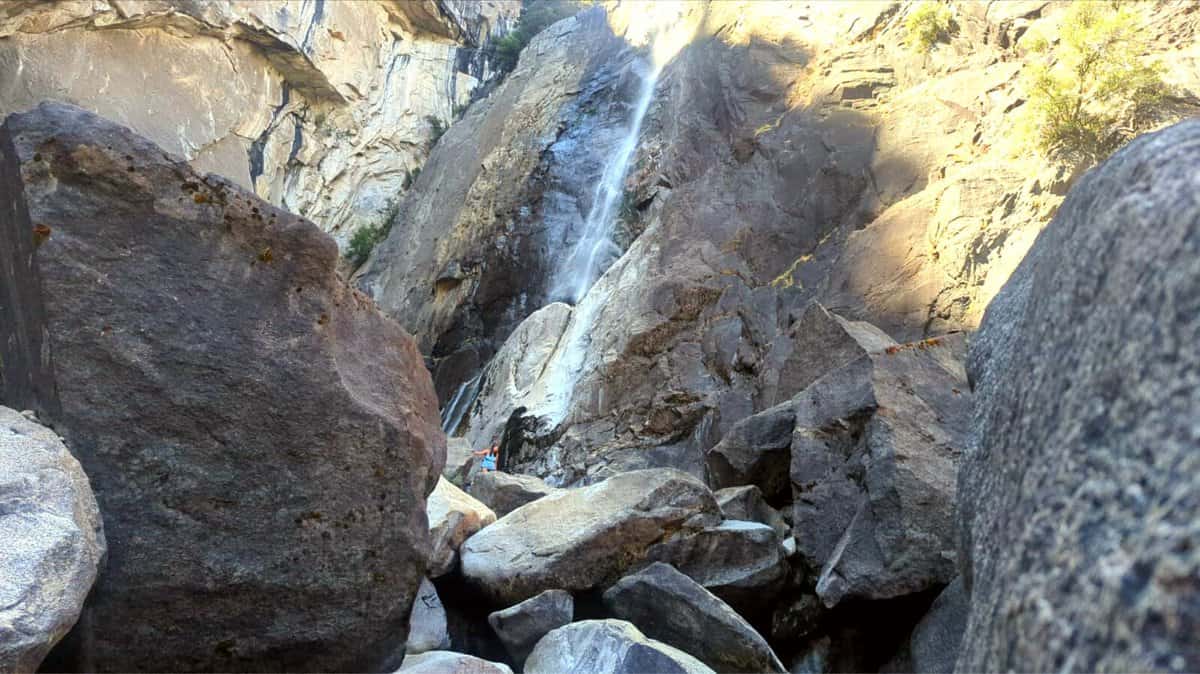
Best Waterfalls To See
Yosemite National Park is best known for its waterfalls, and for good reason – there are over a dozen of them, and they are all absolutely stunning.
However, if you’re planning a visit, you’ll want to make sure to see the best of the best. Here are three waterfalls that you won’t want to miss:
- Yosemite Falls: At 2,425 feet, Yosemite Falls is the tallest waterfall in North America. It’s best seen in the springtime when the water flow is at its peak.
- Bridalveil Fall: Though it’s only 620 feet tall, Bridalveil Fall is one of the most popular waterfalls in Yosemite.
- Vernal Fall: Vernal Fall is one of the most unique waterfalls in Yosemite – it drops down a sheer granite cliff face, rather than tumbling over rocks like most waterfalls do.
Yosemite Itinerary Overview
How long you spend in Yosemite depends greatly on the level of adventure you are looking for.
For those looking to get out on the trails, walk through the forests, hike to waterfalls and really submerge yourself in all YNP has to offer, you will need a longer trip.
On the other hand, if you are looking to simply see the big sites and stick close to your car with a camera in hand, you can see the park a lot more quickly.
When organizing your Yosemite itinerary be sure to consider where you are coming from.
With over 750,000 acres, the park is big and in an effort to avoid wasted time zig-zagging through the park, you should consider your starting point.
Tips For Preparing The Perfect Yosemite Itinerary:
- Get to the park early: Yosemite National Park gets roughly 3.2 million visitors a year with the majority visiting during the summer months. This means that the parking lot and entrance gates can get really backed up. It is important to get to the park early and see the really busy sites, like Tunnel View, early in the morning to beat the crowds.
- When planning your route consider the one-way roads: Yosemite Valley Scenic Loop contains a lot of one-way road systems. When planning your trip, be sure to stop the first time at any spot you want to see so you will not have to backtrack.
- Consider the time of year: Road closures are common in Yosemite and can limit your ability to reach all the major sites such as Glacier Point and Tioga Pass.
One Day In Yosemite Itinerary
Trying to pack a full Yosemite itinerary into only 1 day in the park is going to be a challenge so we recommend waking up as early as possible.
Luckily watching the sunrise in Yosemite is one of the best ways you can experience the magic of Yosemite National Park. It is also the best way to beat the crowds.
The entrance gates can get really congested throughout the day so arriving as early as possible will help to ensure your time in Yosemite is maximized.
1. Tunnel View
Starting off your day at Tunnel View will give you unbeatable sunrise views over the park. This is one of the most popular viewpoints in Yosemite NP.
Starting your day here will not only give you a great photo opportunity but will also ensure you are not wasting time in the parking lot when you have one day in Yosemite.
If you are hoping to see some Yosemite waterfalls head to Bridalveil Falls next.
2. Bridalveil Falls
You can get to Bridalveil Falls with only a small hike (0.5 mile round trip) from the parking lot making it great for only a 1 day Yosemite trip.
Bridalveil Falls is a stunning 620ft waterfall that you can see from many different points in the park.
The best time to visit this waterfall is in the spring months (March-May) when you will see the water in full force.
Next, you will want to make your way down the Yosemite Valley Scenic Loop. You will find a ton of pull-off areas that offer viewpoints, waterfall access, and great Yosemite hiking trails.
3. Yosemite Valley Scenic Loop
This loop is full of narrow one-way roads so be sure to drive slow and pull off in all the areas you’re interested in.
Some great must-see stopping points along the Yosemite Valley Scenic Loop:
- Half Dome Bridge
- Valley View
- Swinging Bridge
- Sentinel Beach
As you will only have one day to see as much of the park as possible, we recommend sticking relatively close to your car.
A 1 day Yosemite itinerary doesn’t leave a lot of room for on-foot exploring and hiking through the many Yosemite trails.
If you are hoping to see some stunning Yosemite waterfalls, we recommend choosing ones within a short walk from the parking lot.
Both Vernal Falls and Yosemite Falls can be visited with only a short walk from the parking lot.
To end your day, we recommend driving up to Glacier Point. This road is long, windy, and gets a good amount of elevation gain.
About 0.6 miles (1km) above the Yosemite Valley, you will be met with stunning aerial views of Yosemite. This is a great area to relax, unwind and enjoy the sunset after a packed day in the park.
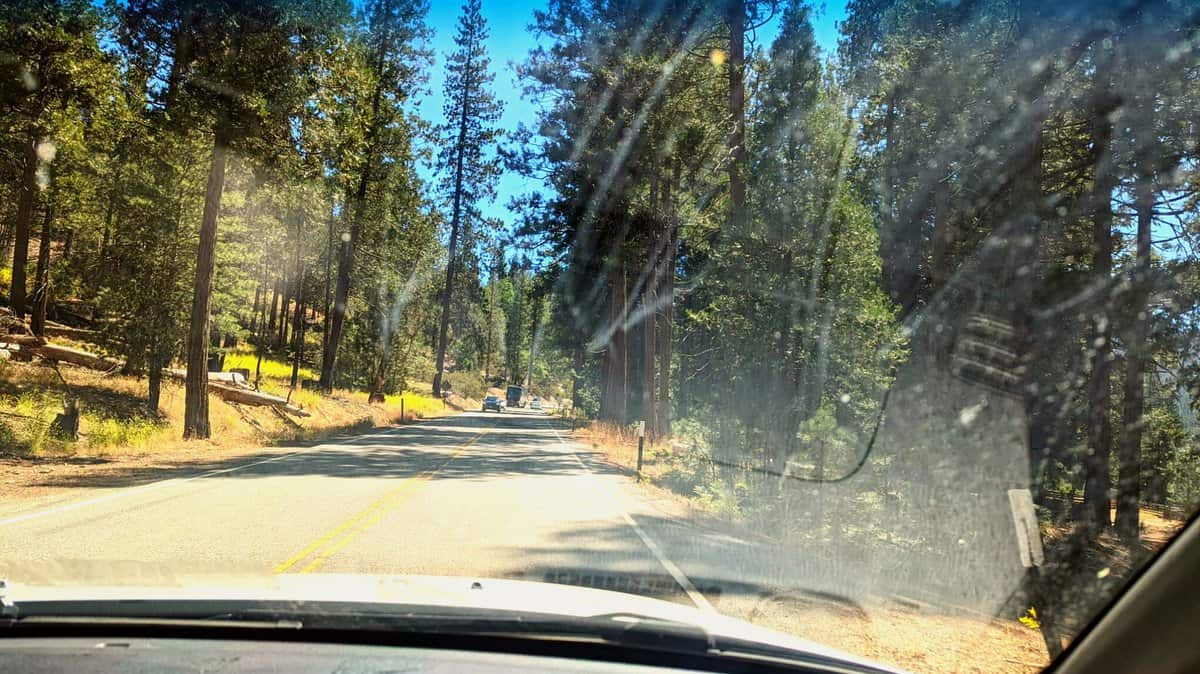
Two Days In Yosemite Itinerary
If you have 2 days in Yosemite, we recommend slowing down and adding additional trails and scenic points to your trip.
While you may be able to squeeze in all the top Yosemite sights into a day, you won’t be able to enjoy them.
We recommend splitting up the Yosemite Valley and Glacier Point into two separate days.
1. Four Mile Trail
Planning a 2 day Yosemite itinerary, we recommend keeping the same day plan as day one but switching out the sunset in Glacier Point to instead do a short 1-mile (1.6 km) hike up the Four Mile Trail.
This will have you taking in the sunset at Yosemite without a huge crowd of people.
2. Glacier Point
During your second day in the park, you should make driving up to Glacier Point a priority.
Especially for those who don’t like hiking, Glacier Point delivers stunning birds-eye views of the park with only a short walk from your car.
This is a great viewpoint to visit as you will be able to get a unique perspective of all the areas you visited on day 1 in Yosemite. There are a ton of trails in this area that can be easily explored.
Glacier Point is a great area to catch the Yosemite sunrise. Planning to start your day at this peak location will have you beating the crowds and enjoying the sights in a unique way.
In order to catch the sunrise at Glacier Point, you will need to be committed to an early start. The viewpoint is about 0.25 miles (0.4 km) from the parking lot.
The road up to Glacier Point is around 30 miles (48 kms) away from Yosemite Valley. This means an early start to the day but is sure to be well worth it.
Is 2 Days Enough For Yosemite?
With 2 days in Yosemite, you have time to do some more exploring on your route.
We recommend hiking Taft Point. Starting at Sentinel Dome trailhead you will weave through the forest in order to get to a viewpoint of large granite boulders that lead to some epic mountain views.
Three Days In Yosemite Itinerary
You will be able to do more exploring and hiking with a 3 day Yosemite itinerary.
1. Yosemite Valley Scenic Route
When you are driving the Yosemite Valley Scenic Route, you will have more time to explore. Hiking the Half Dome Summit will reward you with stunning views.
Climbing cables will help you navigate to the top of the Half Dome.
The Yosemite Valley Scenic Route is a must-see for any visitor to Yosemite Valley.
Along the route, visitors can see some of the most stunning scenery in Yosemite Valley, including the Yosemite Falls, Half Dome, and El Capitan.
In addition, the Yosemite Valley Scenic Route offers a number of hiking paths, picnic areas, and camping sites.
Whether you’re looking for a challenging hike or a leisurely stroll, the Yosemite Valley Scenic Route has something to offer everyone.
Of course, no visit to Yosemite Valley Scenic Route would be complete without a stop at Yosemite Falls, one of the tallest waterfalls in North America.
2. Tioga Road
With a full 3 days in Yosemite you’ll be able to add Tioga Road to your trip. This is a road that reaches 10 000 vertical feet.
From the road, you’ll be able to stop and photograph amazing mountain scenery.
There is also a gorgeous lake (Lukens Lake) along this route which is easily accessible from the road via a 1.6-mile (2.6 kms) hike.
Giant Sequoias (also known as Giant Redwoods) only grow in this area in California. Tuolumne Grove in Yosemite is home to these giants.
Exploring the grove of giant Sequoias involves around an hour hike (1 mile / 1.6 km) which can become quite hot during summer in Yosemite.
3. Tuolumne Meadows
We suggest ending your third day in Yosemite at Tuolumne Meadows. A beautiful mountain backdrop with a crystal clear river will make the ideal Yosemite sunset photo.
Tuolumne Meadows is one of the most beautiful places in YNP.
With its vast fields of wildflowers, towering mountains and pristine lakes, it’s no wonder that Tuolumne is a popular destination for hikers and outdoor enthusiasts.

Here’s a guide to making the most of your day in Tuolumne Meadows.
- After an early breakfast at your campsite or lodge, head out for a hike. Tuolumne Meadows is home to some of the best hiking paths in Yosemite, including the John Muir Trail and the Pacific Crest Trail. Whether you’re looking for a short nature walk or a challenging all-day hike, you’ll find what you’re looking for in Tuolumne Meadows.
- After lunch, cool off with a swim in one of Tuolumne’s many lakes. Tuolumne Meadows is also a great place for fishing, so don’t forget to pack your tackle box.
- If you’re feeling really adventurous, you can even try your hand at river rafting on the Tuolumne River.
- As the sun begins to set, head back to your campsite or lodge to relax around the campfire. Make sure to stargaze before turning in for the night – Tuolumne Meadows has some of the darkest skies in Yosemite, making it an excellent place for stargazing and astronomical observing.
Packing List For Yosemite
There are many different activities in Yosemite that require different gear than you may be used to. The terrain in Yosemite can be quite extreme in some places.
1. Protect Your Feet
High-quality water shoes should be something you pack on your Yosemite vacation. They will help stabilize your ankles when you’re walking through waterfalls and rivers.
Even though flip-flops are popular they will not give you the support or traction required.
Speaking of protecting your feet, a top-quality pair of hiking boots is almost a requirement if you’re planning on doing any hiking at Yosemite.
You should look for features like waterproofing, breathable, and high top.
Also, a rigid base that doesn’t flex when hiking is key to keeping your feet on the granite hiking trails found in Yosemite National Park.
2. Sun Protection
Since Yosemite’s elevation is about 4,000ft the sun is much stronger than you may be used to. Having the right sun protection gear will help keep your skin safe.
Make sure you bring a hat that can also cover your neck.
Polarized sunglasses will help to keep your eyes protected and sunscreen and a lightweight long sleeve shirt will keep the rest of your exposed skin safe on hikes at Yosemite National Park.
3. Bug Protection
Bugs can get pretty bad in the spring and early summer in Yosemite. Make sure to bring some bug spray so you can have a chance at keeping mosquitoes and horseflies away.
If you don’t like spraying chemicals on your skin you can pack a bug net to put over your hat and long thin pants.
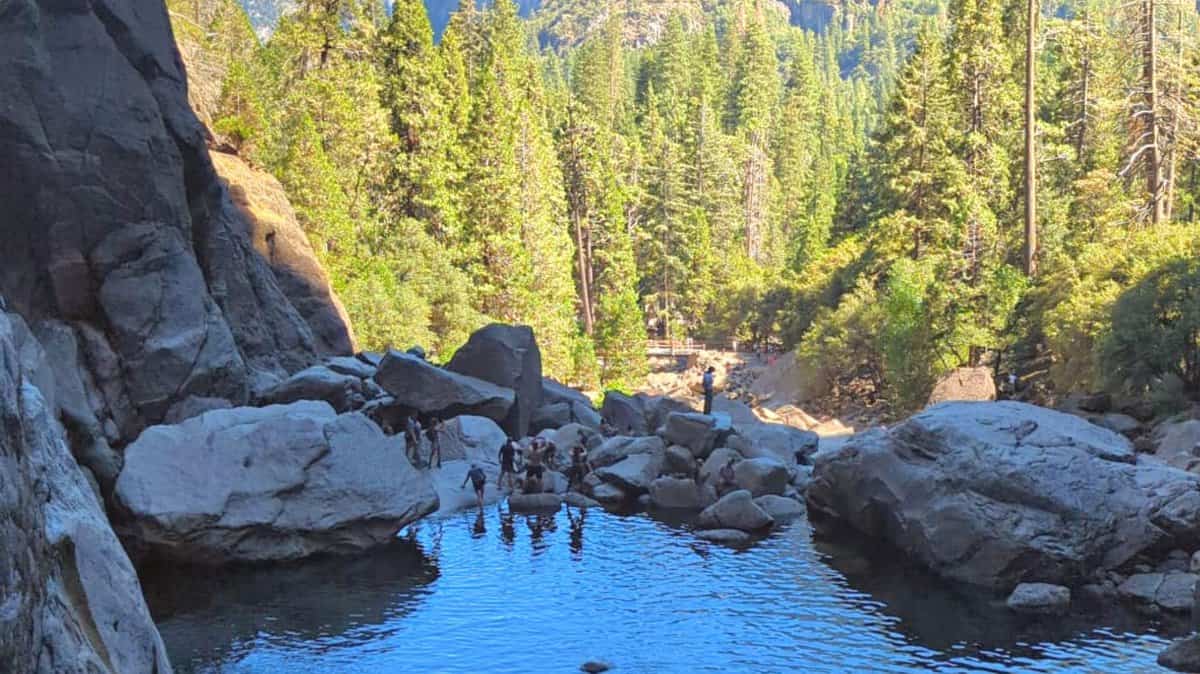
The Perfect Yosemite Getaway
No amount of time you spend in Yosemite is ever enough, although 2 full days is a great start!
With a 2 day Yosemite itinerary you will be able to see many of the major sites at both Yosemite Valley and Glacier Point.
A 3 day Yosemite itinerary is the perfect way to thoroughly explore the park, get out and hike through Yosemite and gawk at all the stunning waterfalls in the National Park.
3 days in Yosemite is the perfect amount of time to spend in Yosemite to thoroughly explore the Yosemite Valley and Glacier Point Road and add in Tioga Pass to your trip.
This is ideal for adventurers looking to go hiking in Yosemite.
No matter how long you have in the park, you will want to make sure you see these top Yosemite sites:
- Half Dome
- Tunnel View
- Yosemite Valley
- Valley View
- Yosemite Falls
- El Capitan
- Glacier Point (if open and time allows)
How Long Does It Take To Go Around Yosemite?
You can get through the park in a day, although the day will be rushed! It takes around 6 hours to drive across Yosemite National Park.
If you are planning to get out of your car and explore, venture off the main path to visit places like Glacier Point, or do any other exploring, be sure to add additional time to this commute.
Where To Stay When Visiting Yosemite
One of the best things about Yosemite National Park is that there are so many different options for where to stay overnight.
Whether you want to camp under the stars, stay in a cozy cabin, or splurge on a luxury hotel, there’s a perfect place for you.
For those who want to really get away from it all and immerse themselves in nature, camping is the way to go.
There are several campgrounds located within the park, each with its own unique amenities. Some offer RV hookups, while others are more rustic, with only pit toilets and no showers.
If you’re looking for a little more comfort from their Yosemite lodging, there are also several hotels and lodges located within the park boundaries.
The Majestic Yosemite Hotel is one of the most iconic and popular choices, offering stunning views of Half Dome and Glacier Point.
Or, for a more intimate experience, try the Wawona Hotel, which is located near some of the park’s most beautiful waterfalls.
Thanks for taking the time to read this Yosemite National Park itinerary guide. We hope you have all the information needed to make the most of your next trip to Yosemite.
Ever been to Yosemite National Park? What were your favorite sites in Yosemite?
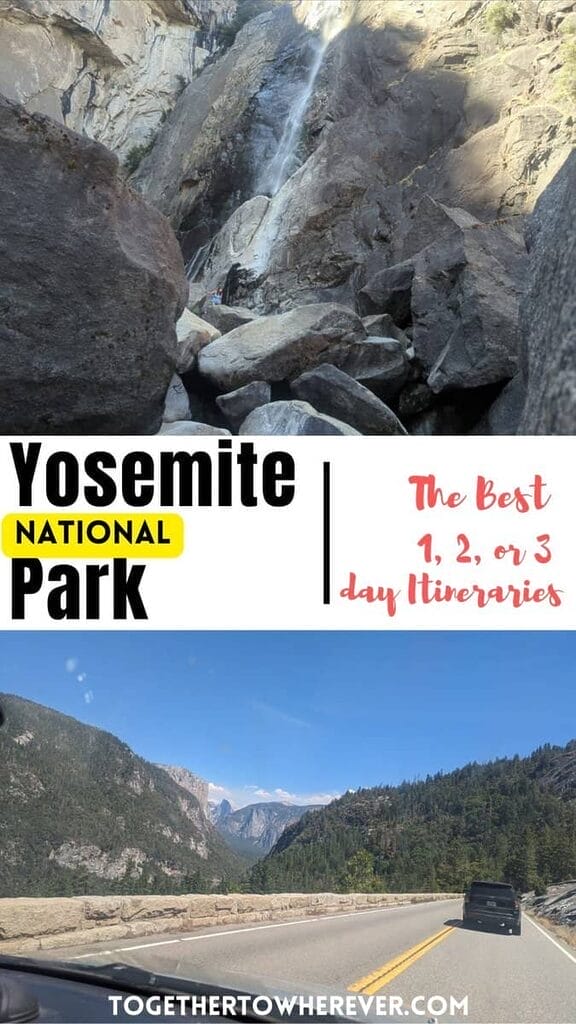


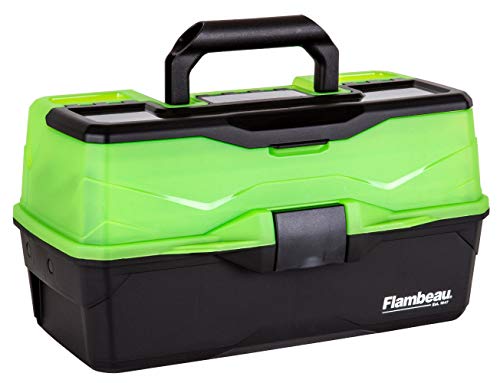



Leave a Reply